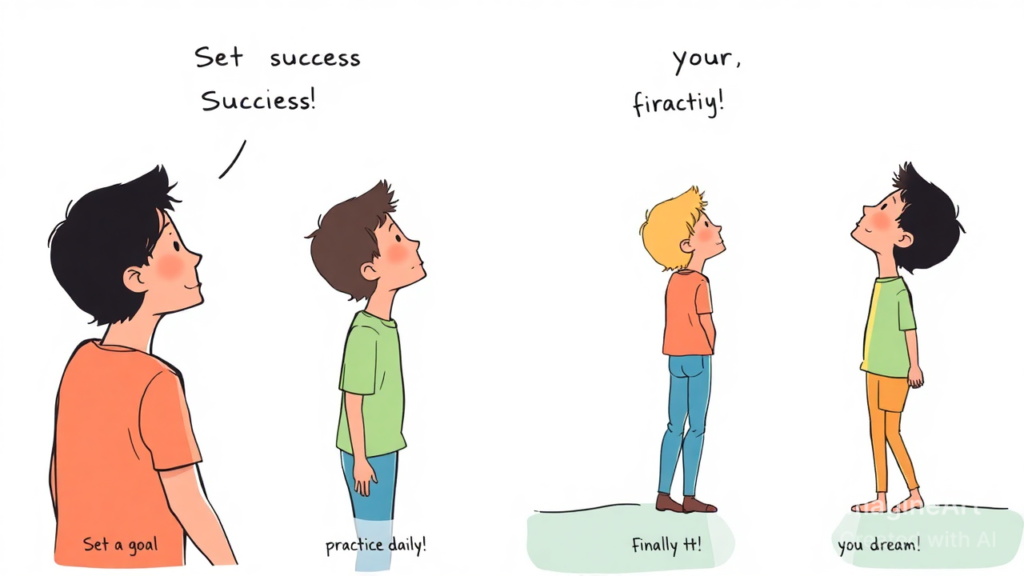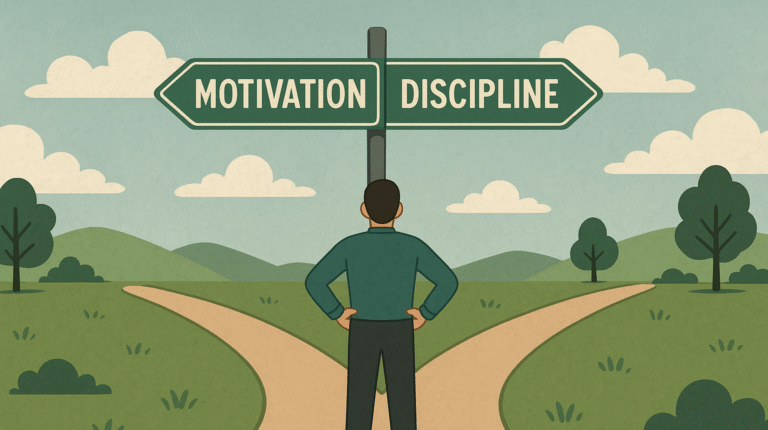Success isn’t just about hard work—it’s also about mindset. One of the most powerful tools for achieving goals is visualization techniques for goal achievement. This science-backed approach helps individuals harness the power of their mind to turn dreams into reality. In this post, we’ll explore how visualization works, why it’s effective, and how you can use it to manifest success in your own life.
Understanding Visualization
Visualization is the practice of mentally picturing a desired outcome or goal. Athletes, entrepreneurs, and high achievers use visualization techniques for goal achievement to enhance performance and maintain motivation. Research in neuroscience suggests that our brain processes imagined experiences similarly to real ones, reinforcing the belief that success is possible and achievable.
When you visualize yourself succeeding, your brain strengthens the neural pathways associated with that success. This not only increases confidence but also enhances focus and determination. Simply put, the more vividly you imagine your goal, the more likely you are to take the necessary actions to achieve it.
Table of Contents
The Science Behind Visualization

Studies in psychology and neuroscience support the effectiveness of visualization techniques for goal achievement. The brain cannot always distinguish between real experiences and imagined ones. When you repeatedly picture yourself succeeding, your brain treats it as a real experience, helping you develop the skills, habits, and mindset needed to achieve your goals.
Research has shown that:
- Mental imagery stimulates the same brain pathways as real-life execution.
- It increases motivation by enhancing positive emotions linked to goal achievement.
- It strengthens the connection between thoughts and actions, making it easier to turn plans into reality.
How to Use Visualization for Success

If you’re ready to incorporate visualization techniques for goal achievement into your life, follow these simple steps:
If you’re looking for even more ways to enhance your visualization practice, check out this guide on 15 powerful visualization techniques to help you stay focused and achieve your dreams
1. Set a Clear Goal
Define exactly what you want to achieve. Be as specific as possible. Instead of saying, “I want to be successful,” say, “I want to start a profitable online business that earns $5,000 a month.”
2. Create a Mental Movie
Shut your eyes and picture yourself reaching your goal. Involve all your senses—what do you visualize, hear, and experience? Picture yourself in a moment of success, such as receiving an award, signing an important deal, or crossing the finish line.
3. Visualize Daily
Consistency is key. Set aside a few moments daily to focus on your visualization exercise. The more often you use visualization techniques for goal achievement, the stronger the impact will be.
4. Use Positive Affirmations
Pair your visualization practice with affirmations. For example, if your goal is to improve your public speaking skills, repeat phrases like, “I am a confident and engaging speaker.”
5. Take Action
Visualization alone won’t bring success—you must take action. Let your mental imagery guide you to make real-world decisions that align with your goals.
Real-Life Examples of Successful Visualization

Many successful individuals swear by visualization techniques for goal achievement. Here are some inspiring examples:
- Michael Phelps, the Olympic swimmer, visualized every stroke of his races before competing, helping him win 23 gold medals.
- Jim Carrey wrote himself a check for $10 million for “acting services rendered” before he became a Hollywood star. Years later, he landed a role that paid him exactly that amount.
- Oprah Winfrey credits visualization and the law of attraction for helping her achieve success in media and business.
Overcoming Common Challenges

While visualization techniques for goal achievement are powerful, some people struggle with doubt and distractions. Here’s how to overcome common challenges:
- Self-Doubt: Start small. Visualize smaller successes to build confidence.
- Lack of Focus: Practice mindfulness and meditation to improve concentration.
- Inconsistency: Make visualization a daily habit by incorporating it into your morning or bedtime routine.
Struggling with self-doubt or negative thoughts? Combine visualization techniques for goal achievement with these powerful positive thinking techniques to strengthen your mindset and boost success.
Final Thoughts
Visualization is not just wishful thinking—it’s a science-backed strategy that can help you reach your goals. By consistently practicing visualization techniques for goal achievement, you can train your brain to believe in your success, boost motivation, and take meaningful action. Whether you’re striving for personal growth, career advancement, or athletic excellence, visualization can be your secret weapon for turning dreams into reality.
Ready to Manifest Your Success?
Start visualizing today! Take five minutes to picture your dream life and commit to using visualization techniques for goal achievement daily. If you found this article helpful, share it with others and inspire them to achieve their dreams!

Frequently Asked Questions
1. How long should I practice visualization each day?
A few minutes a day is enough, but consistency is key. Most experts recommend 5-10 minutes daily.
2. Can visualization techniques replace hard work?
No, visualization enhances motivation and focus, but you must still take action to achieve your goals.
3. What if I struggle to create clear mental images?
Try using vision boards, written descriptions, or guided visualization audios to improve clarity.
4. How soon can I see results from visualization?
Results vary. Some people notice mindset shifts within weeks, while bigger goals may take months of consistent practice.
5. Can visualization help with overcoming fear and anxiety?
Yes, visualization can train your mind to stay calm and confident in stressful situations, reducing fear over time.








Leave a Reply